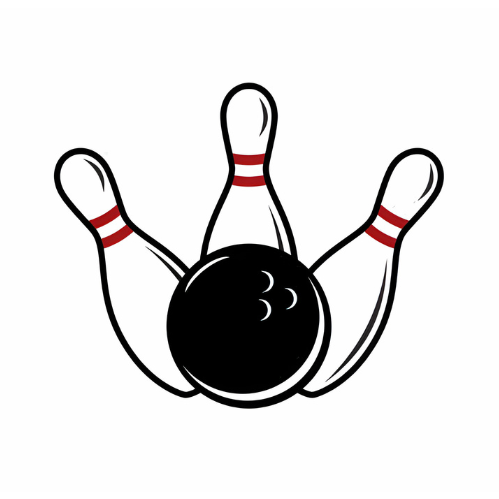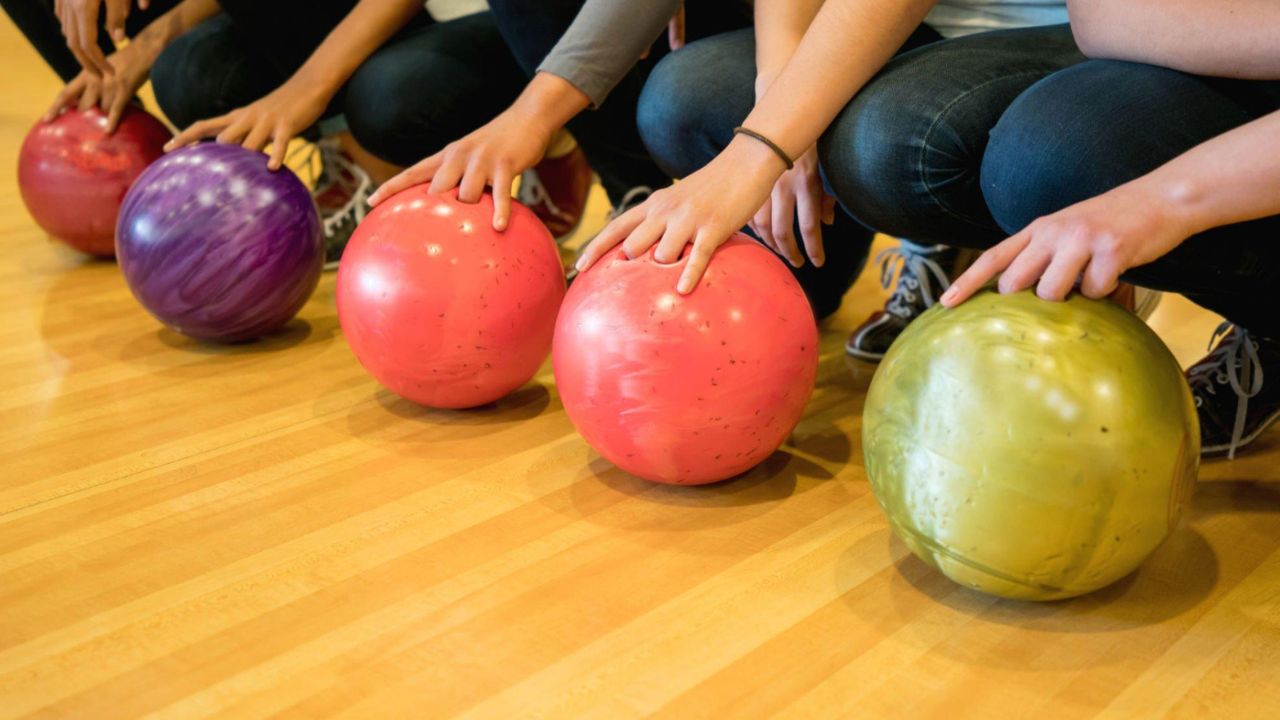Before playing bowling ball you have to hold it properly. Without holding duly you can’t throw it appropriately. Do you know how to hold a bowling ball? It’s very common for most of us to be self-taught when it comes to gripping a bowling ball. Most of us who are familiar with bowling once picked a house ball from a bowling alley and tried to hold it in instinctively. Some of us who continued to bowl once in a while have found our expertise hasn’t been developed from the first time that much. Do you ever wonder if it can be related to your bowling grip? And you have never hold a bowling ball in your life. And are anxious to go to your first bowling hangout. Don’t worry, we are here details discussion about how to hold a bowling ball.

Why is Your Grip So Important?
The most important thing in bowling is how you grip the ball. While this grip allows for more control of the ball; it can prevent you from rolling a hook. Your grip helps control your ball speed, regulating the release of your ball, maintaining a consistent rev rate, and controlling the direction of your ball. Also, the grip helps you aim your ball, keeping your throws predictable and consistent. There’s no doubt that your grip plays an important role in so many aspects of your performance in bowling. A working grip is essential to boost your scores.
How Do You Know Your Ball Is the Right Fit?
When you feel you have enough space in the holes to allow your fingers easy entry. Move your fingers while holding the ball and release while having a comfortable grip, then you can be sure this is the right fit for you. You can suffer from hand soreness, blisters, ripped fingernails, and lose control of your ball’s release entirely if the holes of your bowling ball are too tight. Besides, you can’t hold or throw accurately if the holes are too loose.
The best way to secure a correct fit is to get your ball drilled at a pro-bowling shop. Because your seemingly excellent ball can get ruined by an ill-fitted grip, resulting in poor performance and low scores. That’s why we suggest going to a professional shop to measure your hand layout and drill by an expert. A properly fitted bowling ball is essential to having fun & making scores on playing.
How to hold a bowling ball properly
For a different number of holes drilled into your ball, your grip and style have to vary accordingly. If we only focus on the most common 3-hole ball, there are a number of grips and styles you can try out.
Conventional Grip
The conventional grip is perhaps the most used and recognizable grip in bowling. The conventional grip is the best method for newcomers to bowling. Beginner and moderate bowlers most often use this three-hole ball drill. And this grip is also one of the easiest grips to learn. First, insert your thumb at the lower hole of the ball, which is seemingly single. Then, insert your middle and ring finger into the two remaining holes which are adjacent to each other. These holes are just above your thumb hole. While inserting the fingers, your hand should lay flat against the ball’s surface and should slide comfortably to the second knuckle. Your pointer and pinky finger, which aren’t inserted into the holes, should remain flat against the surface of the ball.
And you shouldn’t feel any stress while trying to lift up the ball using this grip. The conventional grip is most suited for a bowler who wants a secure and stable grip. This grip provides a considerable amount of control over the ball. And it is also helpful while preventing a hook when you need a straighter and more precise roll. Furthermore, this grip works best when you work with a house ball or a ball that hasn’t been customized for your individual hand. However, a downside of this grip is the rev rate (the number of times a ball turns on its axis) which tends to be lower than the other grips. Also, you may find hooking a bit difficult because a conventional grip doesn’t work very well with a spin.
Fingertip Grip
Let’s assume you have been consistent with bowling practice, and you’ve gotten fairly well with the conventional grip. Now, it’s safe to say you are ready to take the grip to the next level, the fingertip grip. As we mentioned, this grip is meant for bowlers who are no longer a novice. And are ready to move up to the next bowling phase. The fingertip grip is the favorite arsenal for many advanced bowlers to generate a hook and boost their averages and scores. This grip helps the bowler to increase the revs of the ball. And the hook generated from the grip enables the ball to find the “pocket.”
The pocket refers to the space behind the headpin and pins two and three. Getting to the pocket by generating this hook leads to more pin impact, giving higher averages. To implement the fingertip grip, many bowlers prefer to use a 3 hole drill, with the difference being how you put your fingers. Similar to a conventional grip, let your thumb be fully inserted into the lower hole. Now, your middle and ring finger should be inserted into the adjacent upper holes, but contrary to conventional grip, this time, let your finger only be inserted into holes up to the first knuckle.
This grip is a bit harder to hold onto than a conventional grip and can also cause strain on the fingers. If you don’t have the proper strength in your hand and fingers, you might drop the ball or release it sooner than you meant to. Once your grip is adjusted, you’ll find it natural to throw a hook and also easier to execute. However, if you find it hard to keep the first knuckle inside the ball, we suggest getting a customized fingertip grip drilled ball for you to master this type of grip.
Semi-Finger Grip
This grip is only suited for bowlers who have mastered both the conventional and the fingertip grip. When it comes to comfort, you’ll find this grip more comfortable than the fingertip grip. However, this grip offers less control than the conventional grip. So, if you enjoy and score well in this grip, you need to be better at controlling your ball and grip. The semi-finger grip is almost similar to the fingertip grip. Your thumb should be fully inserted into its lower or single hole. But your middle and ring finger should go only as far as the point between your first and second knuckle. This gives a more comfortable grip that allows a bit more control than the fingertip grip. While still leaving room for a hook to occur, unlike the conventional grip.
Conclusion
Now, you have a pretty good idea of how to hold a bowling ball. Also, you know how the grip plays a substantial role in the game. If you are a beginner, master the conventional grip first, and don’t rush into the fingertip or the semi-fingertip grip. We hope you can seamlessly learn all styles of bowling and easily switch back and forth between them.

